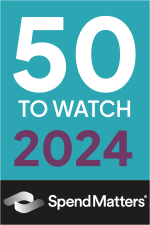
Easily Map &
Manage Risk In Your Supply Chain
FRDM automates supplier screening, supply chain mapping, risk scoring, supplier management, and compliance reporting—so you don’t have to.
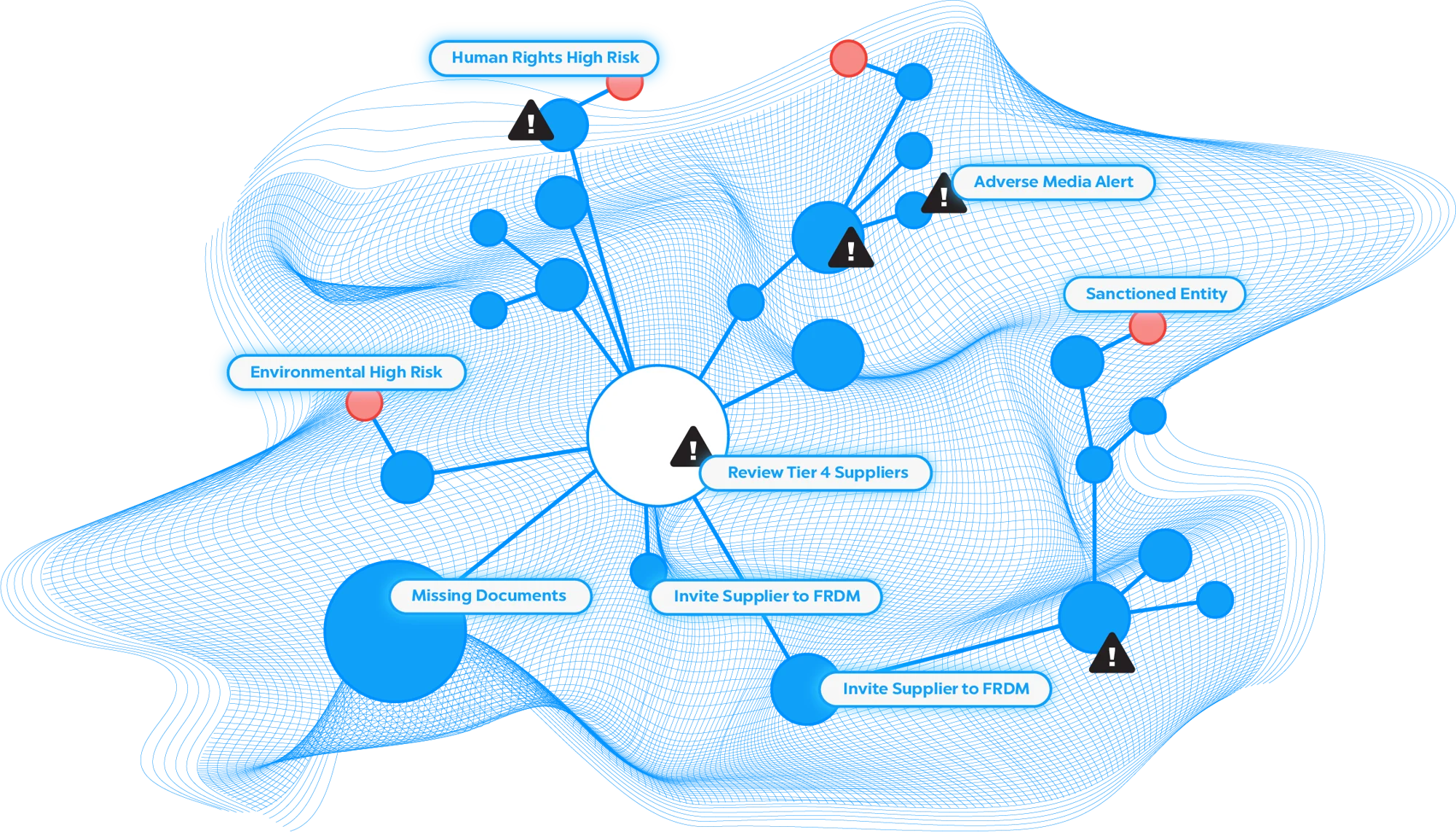


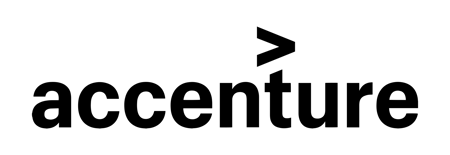



To stay competitive, businesses must monitor TRADE, TARIFF, SANCTIONS, ESG, GEOPOLITICAL, and operational risks in their supply chains, but often lack the time & tools to do it.
Here's how FRDM helps....
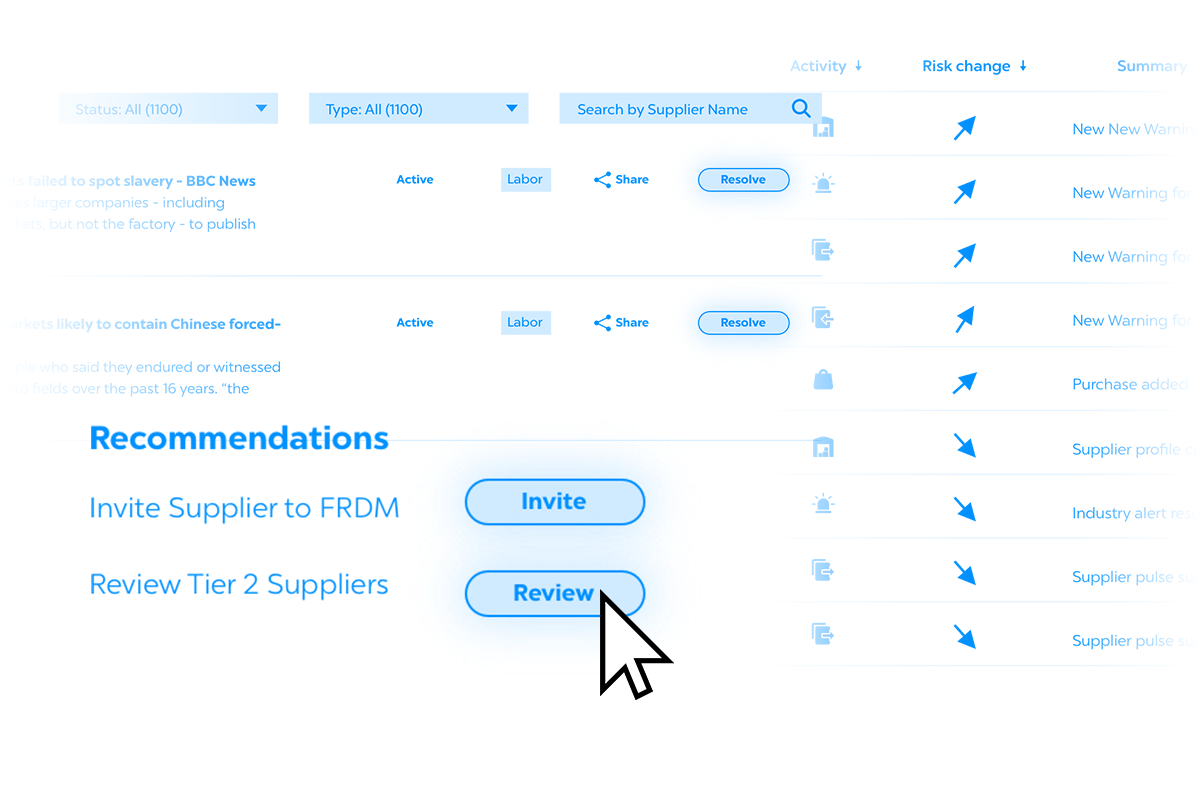
Streamline Supplier Due Diligence
Say goodbye to time-consuming manual processes, unanswered supplier questionnaires, and outdated spreadsheets. With FRDM, you can automate your supply chain risk management, allowing you to focus on what truly matters—growing your business. Each of your suppliers is connected to thousands of risk signals, giving you a 24-7/360 view of supplier risk. Discover the power of effective & efficient risk management today.
Instant Supply Chain Visibility
In an unpredictable marketplace, having comprehensive visibility into your supply chain risks is crucial. FRDM provides end-to-end risk visibility, empowering you to identify, assess, and mitigate potential disruptions before they impact your operations. Learn now you can stay steps ahead and make informed decisions with confidence today.

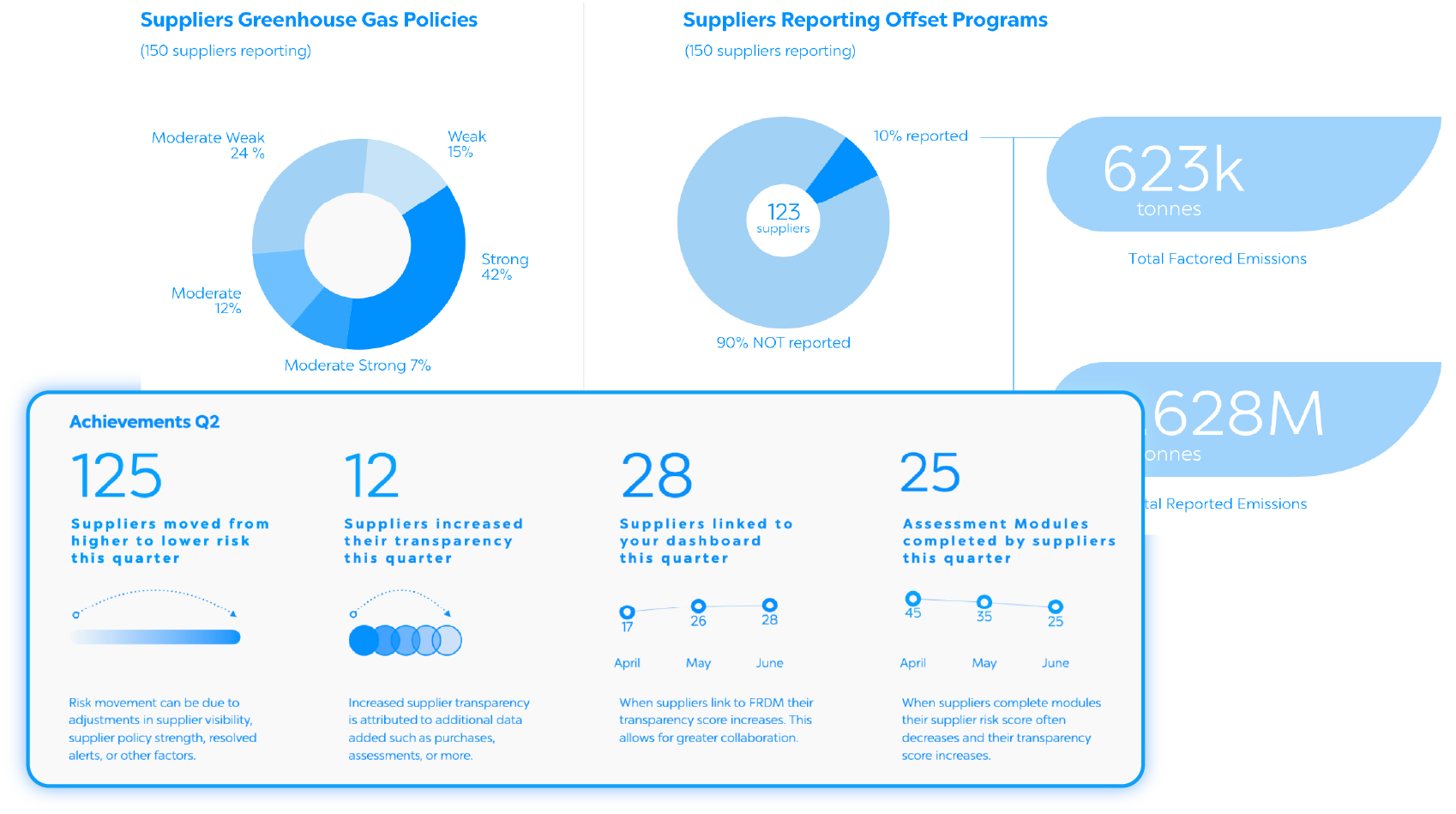
Frictionless Reporting & Supplier Engagement
Navigating compliance requirements can be daunting. FRDM automates your supplier engagement and regulatory reporting with tools proven to build a resilient and responsible supply chain. Don’t just comply—WIN with FRDM AI by your side.

Meet regulatory requirements
CTPAT, UFLPA, S-211, CSDDD, LKSG, CSRD, EUDR, EUFLR....

Identify High Risk Suppliers
Automatically rationalize risk intensity and proximity

Go live in weeks—not months
Immediate end-to-end visibility of your entire supplier base

AI Powered Risk Management
FRDM reduces risk management burdens by 90%
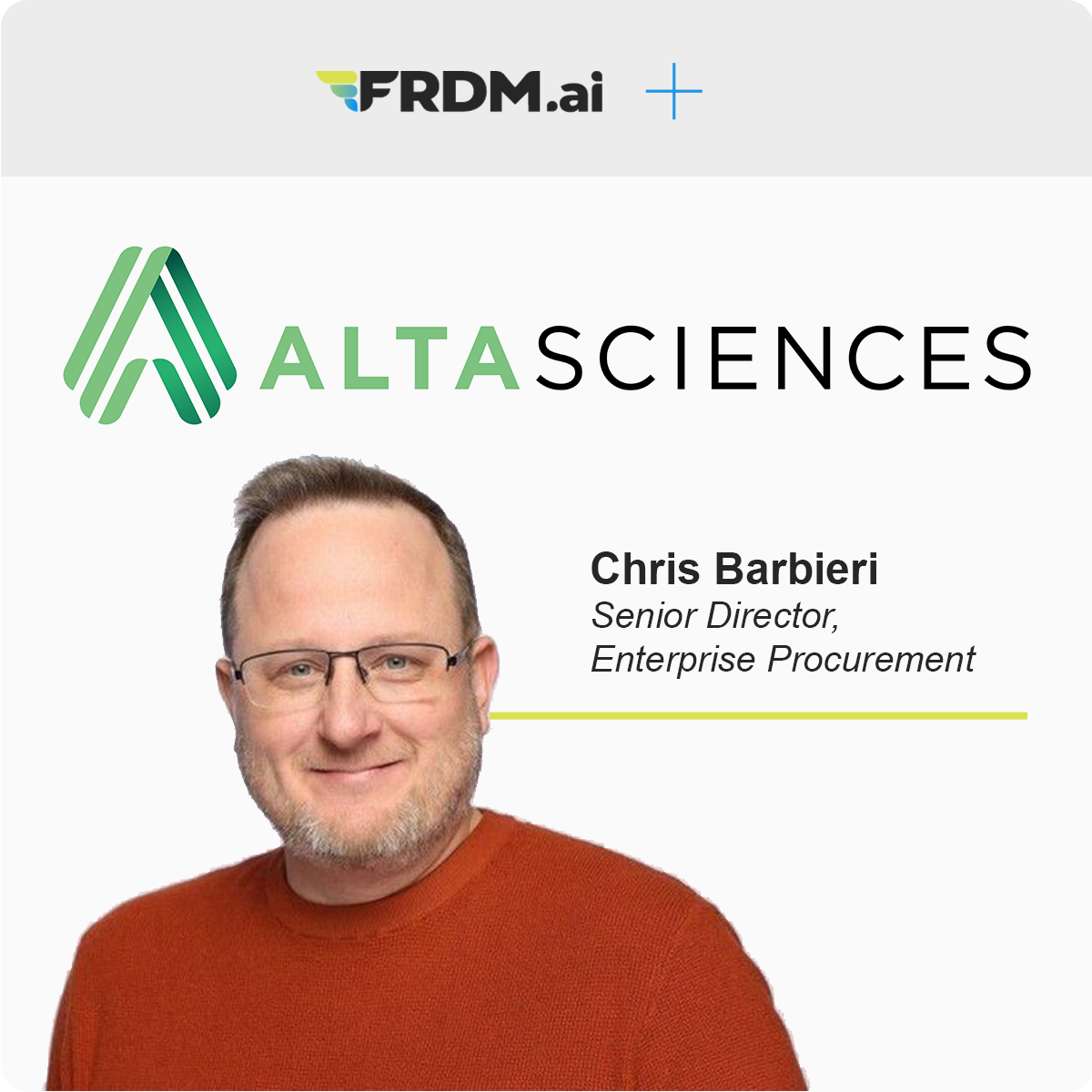
"Altasciences' partnership with FRDM has been an important tool in our ESG development."
"The platform has provided us with actionable insights and a comprehensive risk management framework, enabling us to proactively address environmental, social, and governance risks.”



